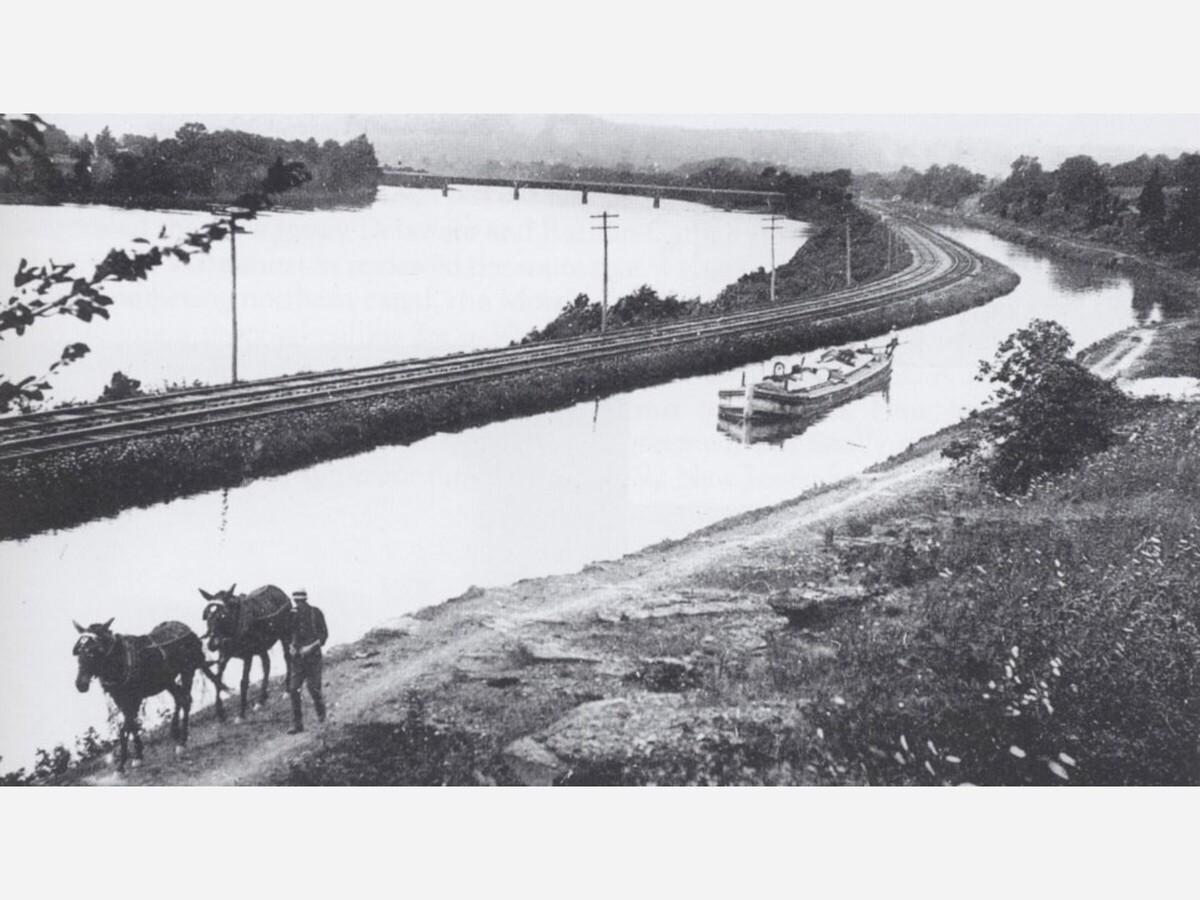Image


On This Day in 1829, the Delaware River & Chesapeake Bay Canal Formally Opens
On October 17, 1829, the Delaware River & Chesapeake Bay Canal formally opened to commercial traffic. The canal, which is now known as the Chesapeake & Delaware Canal, is a 14-mile waterway that connects the Chesapeake Bay to the Delaware River. It is the oldest continuously operating canal in the United States.
The idea for a canal connecting the Chesapeake Bay and the Delaware River was first proposed in the 1600s. However, it wasn't until the early 1800s that the project began to gain momentum. In 1802, the United States Congress authorized the construction of the canal, and work began in 1804. However, construction was delayed multiple times due to funding problems and other challenges. The canal was finally completed in 1829, at a cost of over $2 million.
The original Chesapeake & Delaware Canal was 10 feet deep and 66 feet wide. It had four locks, which were used to raise and lower ships as they traveled through the canal. The canal quickly became a vital transportation route for ships traveling between the Chesapeake Bay and the Atlantic Ocean. It also played an important role in the development of the mid-Atlantic region, by providing a direct route for goods to be shipped between Baltimore, Philadelphia, and New York City.
Over the years, the Chesapeake & Delaware Canal has been expanded and deepened several times. Today, the canal is 35 feet deep and 450 feet wide. It can accommodate ships of up to 100,000 deadweight tons. The canal is still a vital transportation route, and it is also a popular destination for recreational boating and fishing.
The opening of the Chesapeake & Delaware Canal in 1829 was a major event in American history. The canal transformed the way that goods and people were transported between the Chesapeake Bay and the Atlantic Ocean, and it played an important role in the development of the mid-Atlantic region. The canal is still a vital transportation route today, and it is a reminder of the ingenuity and determination of the early Americans who built it. Image source: Tales of Towpath